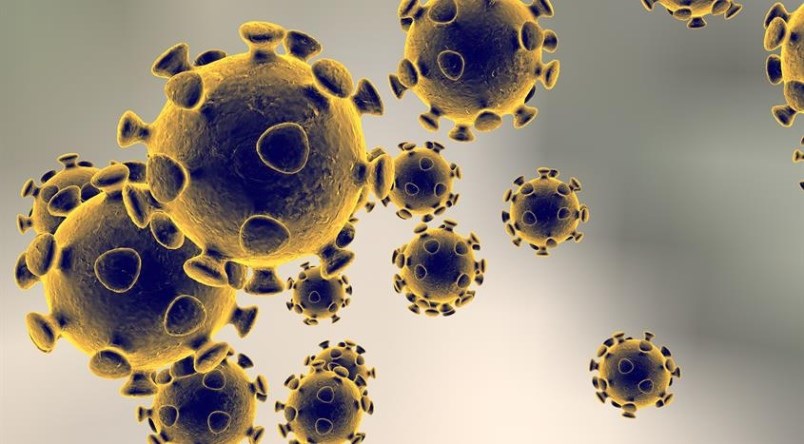The World Health Organization has launched a campaign to address some of the common myths surrounding the prevention and treatment of the novel coronavirus, SARS-CoV-2, which causes the illness COVID-19.
Because sometimes, there is such a thing as a wrong answer, especially when it relates to people’s health.
It has been nearly three months since COVID-19 was brought to the attention of WHO, and the rates of infection continue to rise.
As the world waits for answers, WHO felt it necessary to address some of the misinformation being shared regarding the virus, to protect the public from infection and further harm associated with this thinking.
Starting with the fact that people of all ages can be infected by COVID-19, not just aging adults.
Reports show that older people and those with pre-existing medical conditions such as asthma, diabetes, and heart disease are more vulnerable to becoming severely ill with the virus, but WHO advises people of all ages to protect their health.
The virus can also spread in all environments, not just those with hot and humid weather, said WHO, and does not die in the cold.
COVID-19 is a respiratory virus that spreads primarily through droplets generated when someone infected coughs, sneezes or has a runny nose, said WHO. It cannot be transmitted through mosquitos or mosquito bites.
There is, at this time, no specific medicine recommended to prevent or treat COVID-19, just symptoms of the virus. Some more specific treatments are currently under investigation and will be tested through clinical trials, said WHO, but when this will be was not disclosed.
Vaccines against pneumonia and Haemophilus influenza type B (Hib) do not provide protection against COVID-19. The virus is new and different, and therefore would need an equally new and different vaccine to fight against it, which WHO said researchers are in the process of trying to develop.
Vaccines for pneumonia and Hib should only be used to combat the respiratory illness for whichg they were designed.
Antibiotics are also not a viable option for the prevention or treatment of COVID-19, as they were designed to combat bacteria, not viruses. However, WHO said individuals hospitalized for COVID-19 may receive antibiotics since bacterial co-infection is possible.
Those looking to the kitchen for home remedies should also note there is no evidence to suggest eating garlic can protect people from COVID-19. It is a healthy food that may have some antimicrobial properties to fight microorganisms like viruses, bacterial and fungi, said WHO, but it is not a proven method of prevention.
To prevent infection, WHO recommends frequently cleaning one’s hands with an alcohol-based hand rub or to wash them with soap and water, which will eliminate viruses that may be on one’s hands and ultimately avoid infection that could occur when they then touch their eyes, mouth or nose.
This does not, however, mean that taking a hot bath will make someone less susceptible to COVID-19.
A human’s normal body temperature remains around 36.5 C to 37 C, regardless if they are in the bath or shower, said WHO. Taking a hot bath with extremely hot water can be harmful, as it can burn you.
After cleaning your hands, the WHO recommends drying them thoroughly using a paper towel or warm air dryer to avoid re-contamination. While an important step in the hand washing process, WHO said there is no evidence to suggest that hand dryers and ultraviolet lamps kill the virus itself.
In fact, the use of ultraviolet light to sterilize hands or other areas of skin can be dangerous and cause skin irritation at the least, said WHO.
Further on the topic of cleanliness, WHO said although the virus can be contracted by touching one’s nose, there is no evidence that regularly rinsing the nose with saline can protect someone from infection.
There is limited evidence that regularly rinsing one’s nose with saline can help people recover from a common cold, said WHO, but none when it comes to preventing respiratory infections.
Spraying alcohol or chlorine all over one’s body will also not kill the virus, said WHO. Alcohol and chlorine-derived products have proven to be an effective surface disinfectant, but can be harmful to clothes or mucous membranes such as one’s eyes or mouth.
A variety of methods are being utilized by health professionals to detect symptoms of COVID-19 but most, like the thermal sensor, have their limitations. Thermal scanners are used to identify individuals who have a higher than normal body temperature as a result of infection, said WHO, but it can take between two and 10 days for an infected individual to develop a fever.
Containment of COVID-19 at this time rests in the hands of people and their decision to practice social distancing, report symptoms and self-isolate when deemed necessary.
Find more information on COVID-19 and the community's response by visiting the Public Health Sudbury and District website or phoning the office at 705-522-9200.
